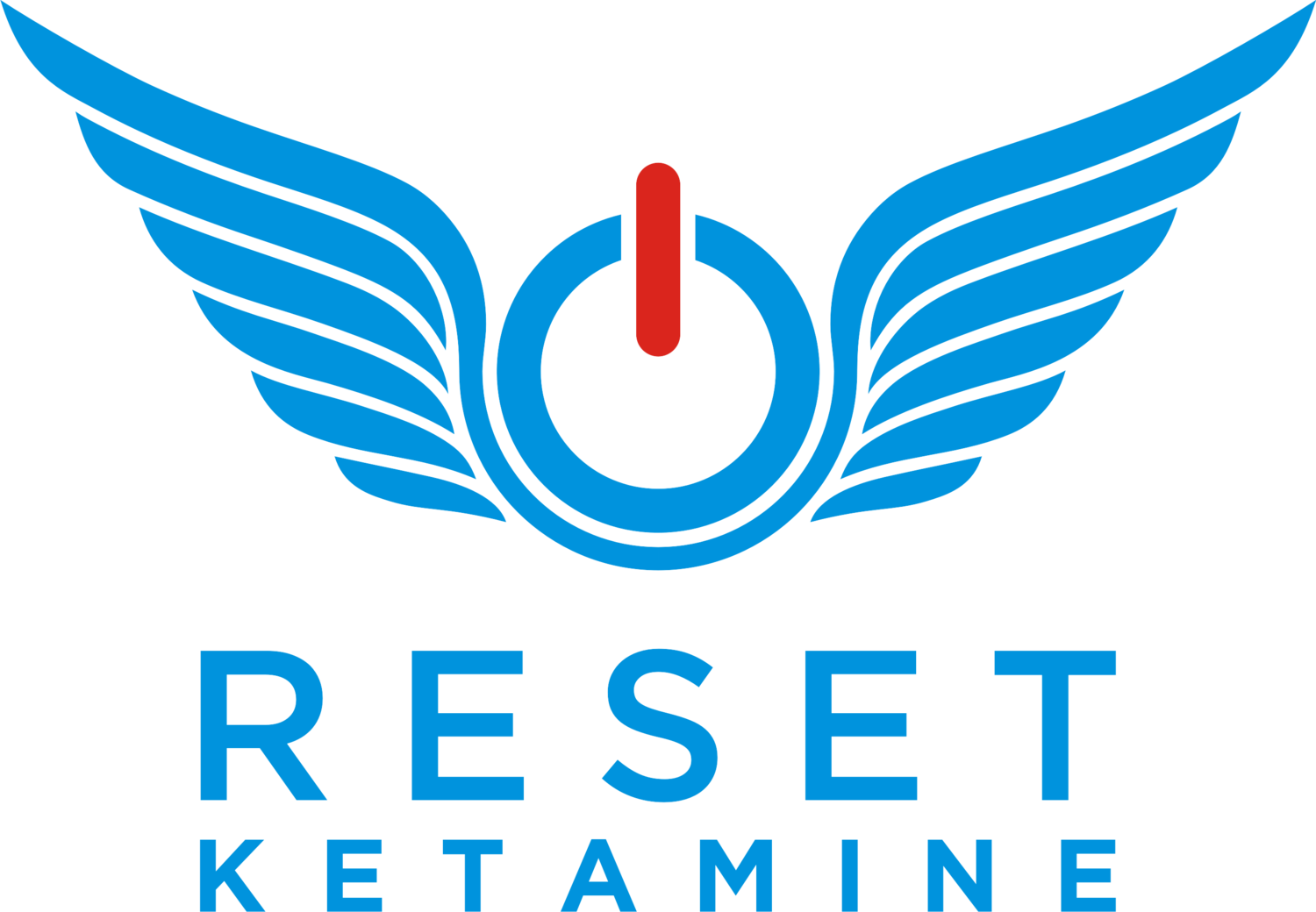Did you know that when a doctor treats someone with intravenous (IV) ketamine infusions for mood disorders and chronic pain disorders, they are using ketamine “off-label”? Perhaps you have heard that term thrown around. In this blog, we will explain what “off-label” means and the various uses of ketamine medically (and non-medically) as it relates to scientific medical research.
The Four Categories of IV Ketamine Use
To explore what it means for doctors to use ketamine “off-label”, let’s group the use of IV ketamine into four categories:
“On-label”
“Off-label”
“Super off-label”
“What label”
We will explain what each of these means in the next section.
“ON-LABEL”
To understand the “on-label” use of ketamine, we need to give you a mini ketamine history. Ketamine was FDA approved in 1970 for these clinical indications (medical uses):
As the sole anesthetic agent for diagnostic and surgical procedures that do not require skeletal muscle relaxation.
For the induction of anesthesia before the administration of other general anesthetic agents.
To supplement low-potency agents, such as nitrous oxide.
What does that all mean? Simply put, ketamine is FDA approved to be used as a medication to provide anesthesia or pain relief during medical/surgical procedures alone, or together with other medications to put someone to sleep when undergoing a procedure. Or it can also be used as a medication alongside another medication like nitrous oxide.
When a doctor uses ketamine for any of the indications above, they are using it “on-label.” Traditionally, doctors trained in anesthesiology and emergency medicine are trained in this type of usage for ketamine.
“OFF-LABEL” USE
Once a drug is FDA approved, doctors can use the medications for a different purpose than originally intended. This has been confirmed by several courts, including the US Supreme Court.
Ketamine isn’t the only medication that doctors use “off-label.” Some other examples of off-label use would be prescribing quetiapine for insomnia, prazosin for PTSD, propranolol for performance anxiety, colchicine for pericarditis, clomid for male infertility, and modafinil for depression.
Scientific researchers have studied the “off-label” use of IV ketamine. This includes research in depression, bipolar disorder, suicidal ideation, anxiety, PTSD, OCD, postpartum depression, acute/chronic pain, and substance use disorder.
“SUPER OFF-LABEL”
If a doctor was to use ketamine in a treatment for a diagnosis that has no prior human research or case reports, then they are using it with what we like to call “super off-label.” Diagnoses that would fall under this category include but are not limited to amblyopia, tinnitus, PTSD prevention, smoking cessation, or Alzheimer’s disease.
There are definitely research opportunities and some promising animal studies that have been made already. One thing to consider is since ketamine is a generic drug, no major pharmaceutical company would have a significant financial interest to invest money without patent protection. Simply put, there is more money to be made in making new drugs as there is no financial incentive to find creative ways to use old drugs.
“WHAT LABEL”
The final area of use to consider is the “what label.” It is the possibility of IV ketamine for certain conditions that have no medical diagnosis. For example, an author who is stuck in writer’s block or an artist seeking increased creativity. Other possibilities may be someone seeking psycho-spiritual exploration, curiosity about a near-death experience, or sports-related performance enhancement. The key difference in this category compared to the others is that this is the only one that is not treating a medical diagnosis.
Ketamine Usage and Scientific Evidence
How do scientific research and the various categories of usage fit together? We are operating as a medical clinic within the traditional allopathic paradigm. Therefore our approach is to utilize the hierarchy of medical evidence.
If there are high-quality studies-- essentially studies specifically designed to study the safety and efficacy of ketamine infusions-- then that would fall under the “on-label” category, or in our case as a ketamine infusion clinic as “off-label.”
If there is no human research backing up the potential use of IV ketamine, then that would fall under the “super off-label” or “what label” categories. Therefore, we don’t use it in those cases. Although the “super off-label” usage could be a ripe area for clinical research, until studies are performed, it would be prudent to use ketamine to treat diagnoses that have had designed human studies, i.e. any including and above the case-control studies level.
We hope this discussion of what “off-label” means as well as the other categories of ketamine usage was informative and helpful!
REFERENCES:
JHP Pharmaceuticals LLC. (2012 March). KETALAR - ketamine hydrochloride injection.
(2016, January 5). 10 Surprising Off-Label Uses for Prescription Medications. Pharmacy Times.
Rezvani, Amir, et al. (2018 March). Sub-anesthetic doses of ketamine attenuate nicotine self-administration in rats. Science Direct, 668. 98-102. https://doi.org/10.1016/j.neulet.2018.01.022













